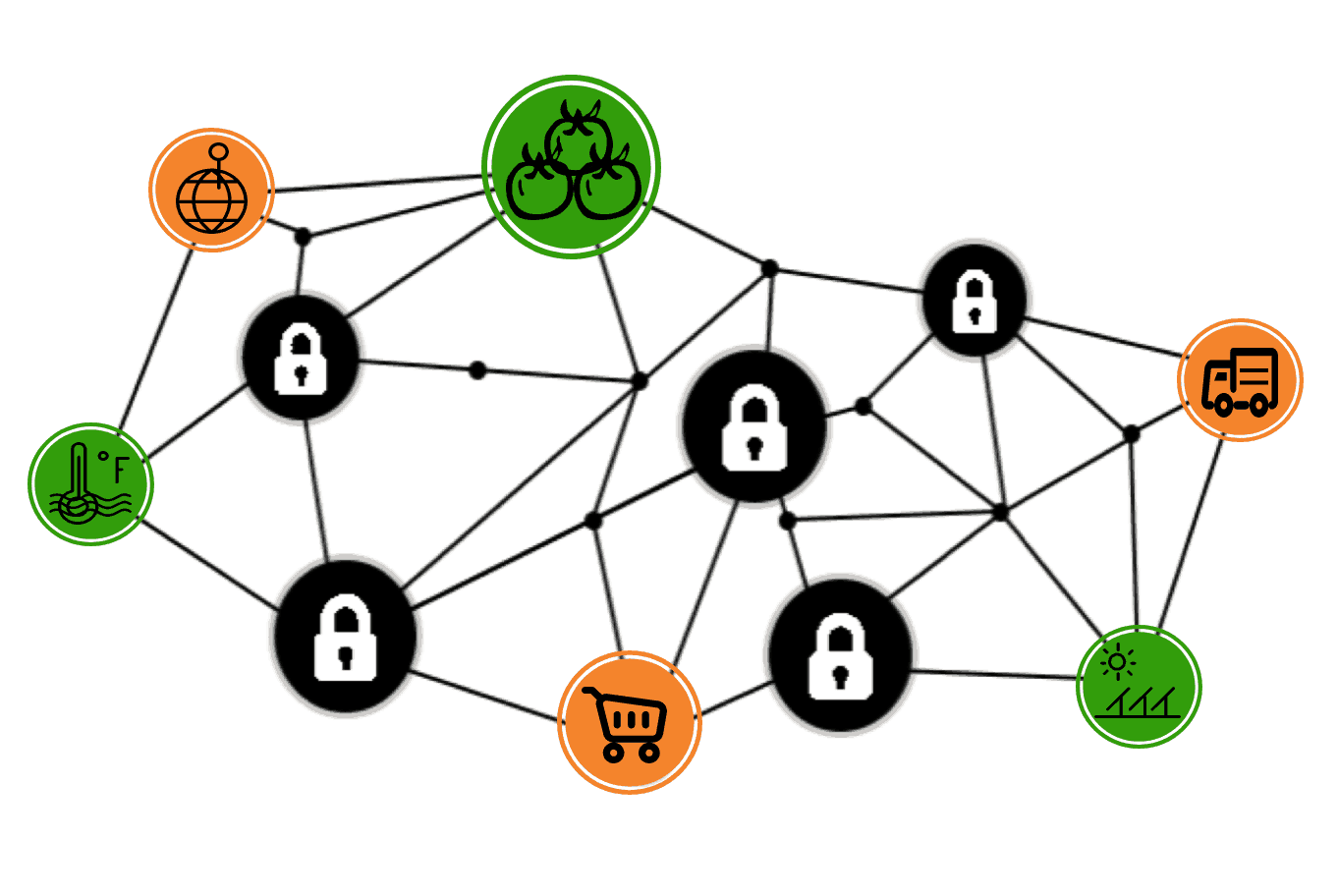Blockchain in Food Systems
Blockchain is one of the most exciting emerging technologies and was given much attention during the 2018 CGIAR Big Data In Agriculture Platform Convention. Here are some highlights.

There were a series of interactive sessions on Blockchain led by experts such as Marieke de Ruyter de Wildt and Allen Day and were largely successful at revealing some of the issues surrounding the role of Blockchain in Food Systems.
Here are some of the highlights.
Types of Blockchain Networks
The volume, variety and velocity of agricultural Big Data means that each data set has its own specific needs and usage. At the same time, there are different players in the agricultural ecosystem who might be interested in leveraging on Blockchain to run transactions. These include retailers, cooperatives, and financial institutions. These various entities can use one or more of the three types of Blockchain systems to achieve their objectives.
Public permissionless systems are those which anyone can be read/write data and make/validate transactions. In public permissioned networks, everyone can view the data but only individuals with permission from its owner can edit transactions. In private permissioned network, the public is restricted from accessing the data in addition to the fact that only individuals with the owners’ permission can make changes. Depending on what their needs are, an individual or organization can choose which type is most appropriate to deploy in their food system.
Selecting the right network
In the past decade, several Blockchain technologies have been developed. While many are familiar with their applications in creation of cryptocurrencies such as Bitcoin, Ethereum, and Ripple, the underlying algorithms are less focused on. Understanding what their characteristics are is important since it affects features such as the network hash rate and required hardware which as a result affects their effectiveness for any specific application.
In view of this, each platform has particular advantages and drawbacks depending on the particular functionality that is desired, which demands that the developer needs to make judgments based on their experience. As an emerging technology, standards are also still in development to facilitate better decision-making. Recently, Cambridge University published a Conceptual Framework focusing on five contexts: Shared record keeping; independent validation; multi-party consensus; evidence of non-consensual editing, and protection against tampering.
Essential features and potential uses
The distributed ledger systems have three essential features which can be leveraged to enhance transactions in Food Systems. They are immutable and therefore easily verifiable. Since the records do not change or get lost over time, everyone on the system would recognize their validity. Furthermore, they have a shared point of origin and therefore there are no interoperability issues. Finally, they offer secure channels for transferring data hence protecting its integrity and veracity.
These features make Blockchain systems have many potential applications in Food Supply Chain Systems. One is facilitating traceability and food safety by recording all transactions on an appropriate Blockchain network that makes transactions open and verifiable. In addition to this, it can be used for smart contracting to enhance trust and increase incomes among smallholders as is being done by AgUnity. Land registration and tagging the use by gene banks to track the distribution and usage of genotypes are some of the other novel potential applications that were proposed.
Limitations of blockchain
Just like all technologies, Blockchain has its fair share of limitations that one has to be aware of before deploying them in Food Systems. Their nature as transactional systems means that they do not have any analytical capability and hence to perform such the data must be transferred to an external analysis tool.
Furthermore, its disruptive nature is bound to be resisted by local politics. An example that was cited was political rejections of its use in land registration in Kenya. They are also vulnerable to security flaws and human errors which would have a negative impact on the integrity of the data in the network. These are issues that must be handled for blockchains to be fully utilized in Food Systems.
Roseleen Nzioka
Youth in Data media delegate at Platform's 2018 Convention
Nairobi, Kenya
This is one of a series of blogs written by one of our Youth in Data media delegates who participated in the 2nd Big Data in Agriculture Convention in Nairobi, Kenya on 3-5 October 2018.




